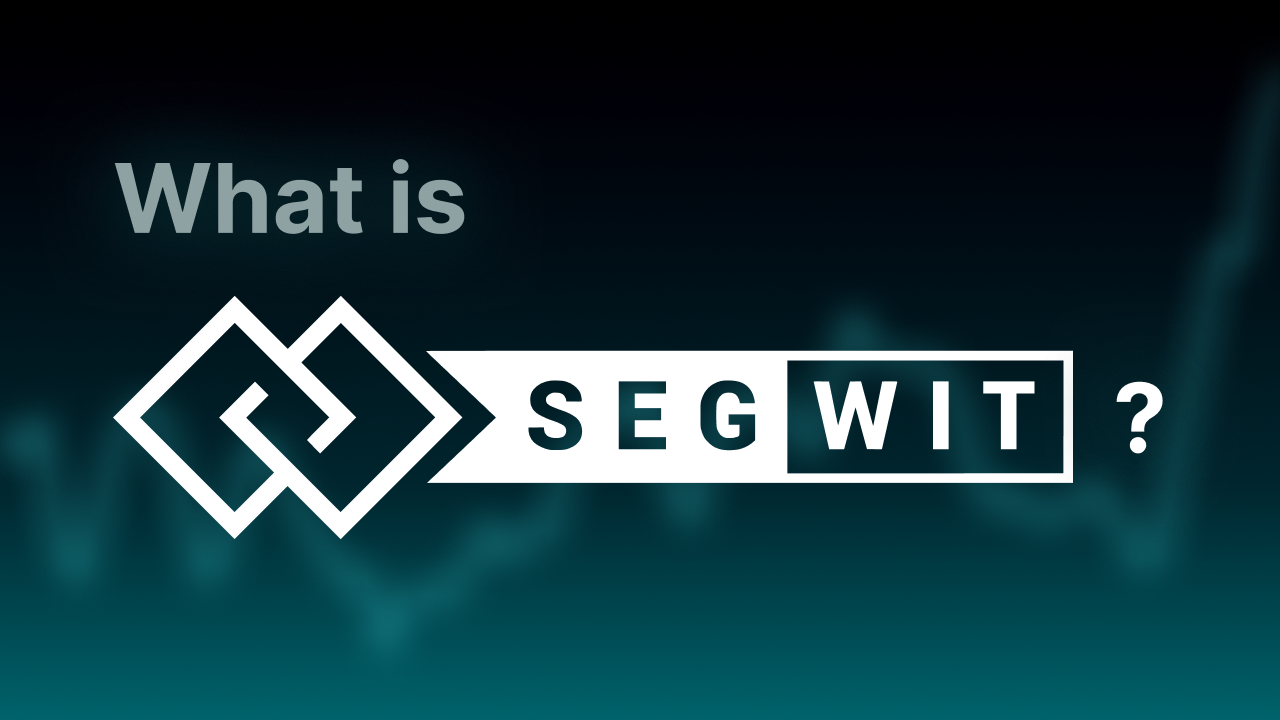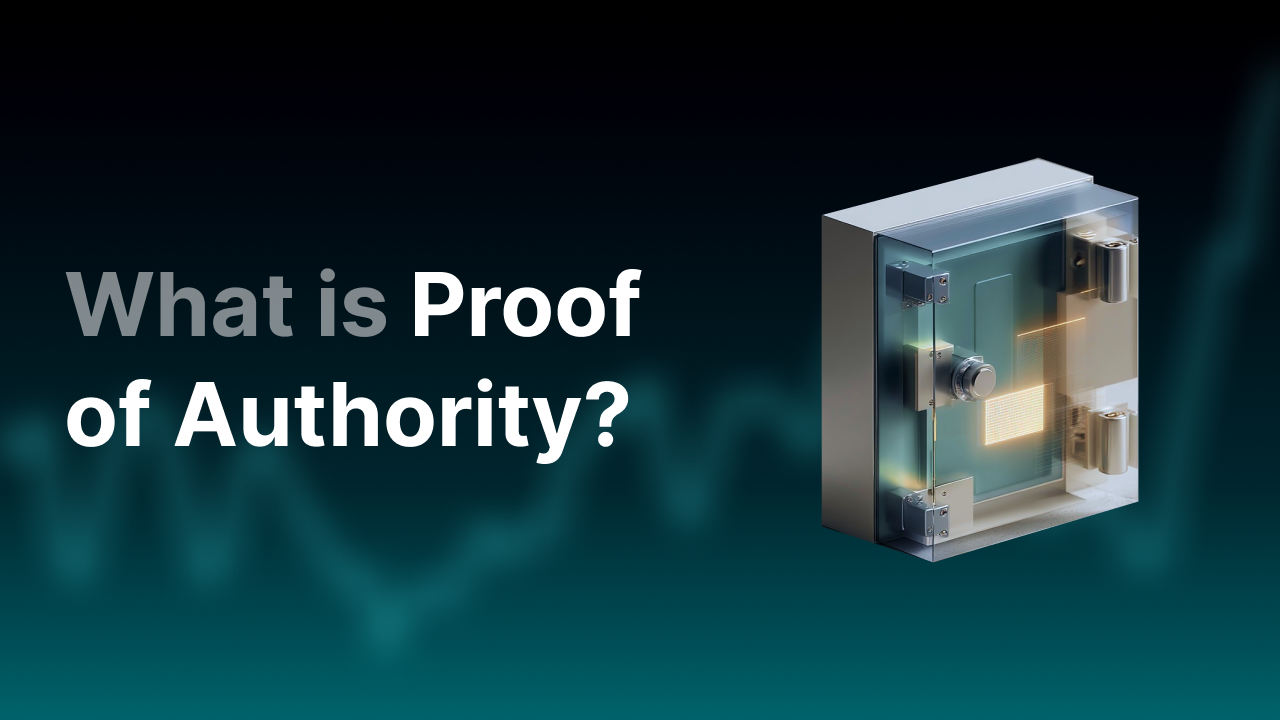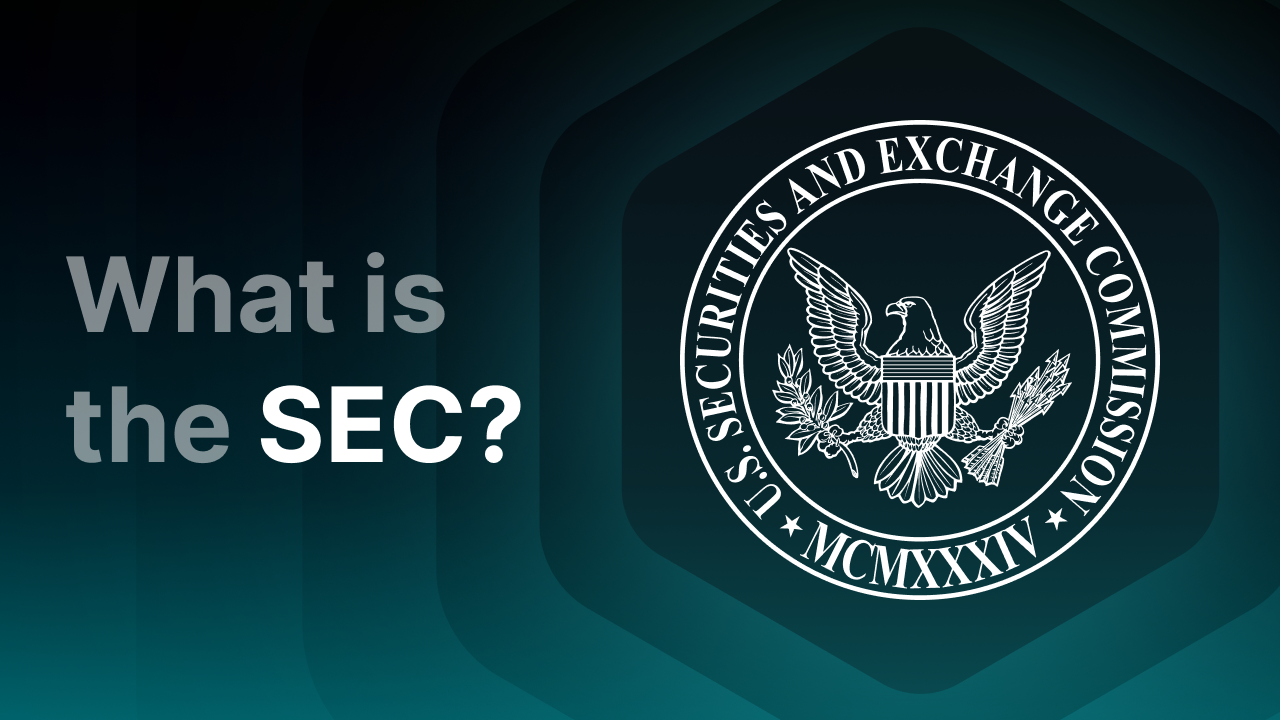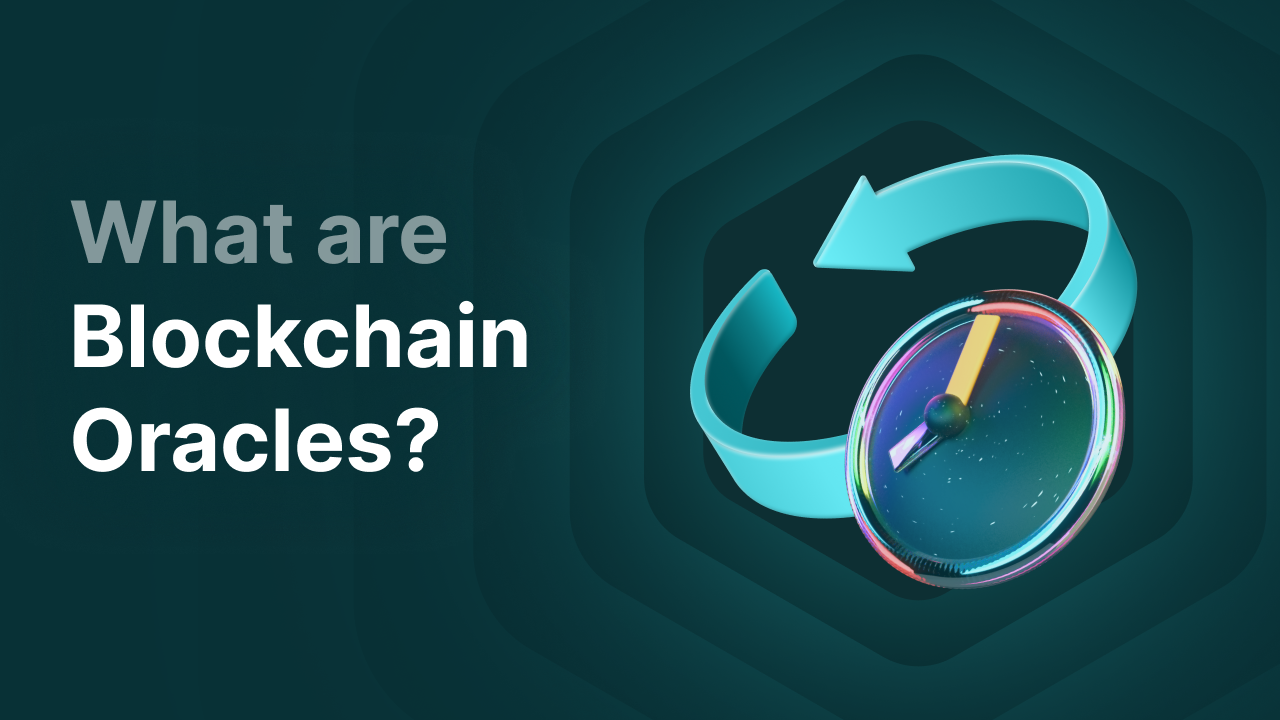The Bitcoin Segregated Witness Upgrade (SegWit)

What is Segregated Witness (SegWit)?
Segregated Witness (or SegWit) is the name of the soft fork that Bitcoin received on August 24, 2017. Segregated Witness (SegWit) is a way for transactions to be signed by witness nodes. The purpose of this protocol upgrade was to protect transactions better from manipulation and to generate faster transactions by increasing block capacity. It was also intended to speed up the validation process by storing more transactions in a block.
Key Takeaways
-
Segregated Witness (SegWit) is an upgrade to the Bitcoin network that reduced transaction times and increased Bitcoin's block capacity.
-
The goal of Segregated Witness is to prevent unauthorized transactions on the Bitcoin network and to ensure that more transactions can be stored in a block.
-
SegWit was also intended to solve an issue with the size of the blockchain, which was slowing down Bitcoin's transaction speed.
-
Not everyone agreed with the Segregated Witness upgrade in the past. It took a long time before most people accepted this update.
Why Was SegWit Necessary?
Blockchain networks like Bitcoin consist of thousands of computers that act as validators for the blocks created by miners. These computers are called nodes and each keeps a complete record of all transactions. This record is called a blockchain.
After gaining popularity, the Bitcoin network faced several problems. One of them was the increase in transactions, which led to longer wait times for users and higher fees, as users had to pay more to give their transactions priority.
Bitcoin blocks are generally created every 10 minutes and were previously limited to a maximum size of 1 megabyte (MB). This is not much, and due to this limitation, only a limited number of transactions could be added to a block. The result? Slow transactions and rising fees.
Without the implementation of SegWit, the validation of Bitcoin transactions would become very slow, especially if Bitcoin's popularity continued to grow.
The SegWit protocol splits the transaction into two parts. The unlocking signature (the ‘witness’ data) is removed from the original part but remains part of the blockchain as a separate structure at the end. The original part contains the sender and receiver data, while the separate structure at the end (the ‘witness’ structure) contains scripts and signatures.
By separating the data, more space becomes available, allowing more transactions to be added to the blockchain. This ultimately means lower transaction fees.
Goals of SegWit
To understand the goals behind the implementation of SegWit, it's essential to understand what happens behind the scenes that makes it useful.
The Main Problem SegWit Solves
Imagine you want to send some Bitcoin to your friend. For that, you need two things: a public address and a private key. The public address is the address you send Bitcoin to (think of it like your bank account number). Everyone can see your public address and its contents because it's visible on the network. The private key is like your password that proves you're the owner of that address.
When you want to make a transaction, you send a request to the network with your public address and the amount. The miners then check this transaction and encrypt all the info (hashing) and create a kind of digital fingerprint (the transaction ID).
That transaction goes into a queue, and once there are enough transactions, they’re bundled into a block. That block is sent to the nodes, and if the majority agrees that everything checks out, it's added to the blockchain. That’s how your Bitcoin safely goes from you to your friend or colleague.
Sounds complicated, but it’s like sending a letter that gets checked by dozens of post offices to make sure it doesn’t get lost or tampered with.
But there was a problem: each transaction needed a digital signature, and that took up a lot of space in the block. As a result, blocks filled up faster, making the network slower and more expensive. SegWit provided a smart solution: it separated that signature from the rest of the transaction, allowing more transactions to fit in a block and making everything faster and cheaper.
How SegWit Solved the Problem
As Bitcoin became more popular, the network started to struggle. Not enough transactions could be processed at the same time, making everything slower and more expensive. That was mainly because each transaction took up quite a bit of space in a block.
A Bitcoin developer, Pieter Wuille, came up with a solution: "Let’s separate the signatures (which are needed to prove a transaction) from the rest of the transaction." They called it Segregated Witness (or SegWit). The idea: separate the signature (the witness) from all other data and thus create more space in each block.
Bitcoin then also got a new kind of limit: not just a maximum size in megabytes, but a limit in weight (4 million WU, or weight units). That might sound vague, so here’s an example.
Example:
Imagine you're filling a moving box. Previously, the box could only be 1 meter tall. With SegWit, the height doesn’t matter as much anymore, but the weight of what you put in it is more important. Heavy items (like witness data) now count less, so you can fit more in.
Blocks after SegWit aren’t literally 4 MB in size, but they can contain a lot more transactions. On January 25, 2022, there was a block that was 1.56 MB in size, but the weight was right at the limit (3.993 million WU). Other blocks on that day were smaller in MBs but had the exact same weight. This shows: it’s no longer just about the size, but about how "heavy" the data is.
What is Native SegWit?
Native SegWit is simply an upgrade to SegWit that makes everything a bit faster, cheaper, and better. Instead of the old Bitcoin addresses that start with a '1' (legacy) or a '3' (compatible SegWit), Native SegWit uses addresses that start with 'bc1'.
Think of the difference between an old email address and a modern cloud-based address: they both work, but the new version is lighter, faster, and less error-prone.
Why Use Native SegWit?
-
Lower transaction fees
Because the data is stored more efficiently, you pay less in fees. -
Faster processing
Miners can fit more transactions into a block. There’s less chance of errors (thanks to the Bech32 format). -
Future-proof
Native SegWit has become the standard for new Bitcoin wallets and better supports future upgrades like Taproot.
Example:
Imagine you're sending 0.01 BTC from an old-style address (starting with a 1), you’d pay about €2 in fees. If you use a Native SegWit address (bc1) for the same transaction, you might pay only €0.50.
What Are the Advantages of SegWit?
The cryptocurrency community is still debating whether SegWit is good or bad, but the improved security and shorter transaction times are beneficial for the blockchain and the miners and nodes that adopt it. SegWit led to the implementation of Taproot, a Bitcoin upgrade based on SegWit that enables even faster validation.
Advantages of SegWit
-
More transactions per block
Because the witness data is stored separately, there's suddenly more space in a block. Result? More transactions fit and you don't have to wait as long. Win-win. -
Fewer errors and bugs
Before SegWit, someone could change the transaction ID with a minor tweak. That sometimes caused issues for dApps or exchanges. With SegWit, that problem is (almost) entirely gone. -
Fast and cheap payments via Lightning
SegWit made it possible to do payments off-chain using, for example, the Lightning Network. These transactions are much faster than the usual Bitcoin network. -
Better Bitcoin addresses (Bech32)
SegWit introduced new addresses that start with “bc1”. They’re lighter, so you pay lower fees. And because they’re simpler, you’re less likely to make a mistake when copying them. -
Bitcoin Taproot Upgrade
SegWit paved the way for one of Bitcoin's most recent major changes, namely Taproot. It offers better privacy and more options for smart contracts.
Disadvantages of SegWit
-
Slow adoption
Not all wallets and exchanges adopted SegWit automatically. It took years before the majority used it, and some users still prefer the old system. -
Technically more complex
Developers have to consider both SegWit and non-SegWit transactions when building applications. That can be frustrating for developers. -
Community disagreements
Not everyone was a fan of SegWit. Some groups saw it as a half-measure and preferred immediately bigger blocks via a hard fork. This ultimately led to a hard fork. Today, we know that hard fork as Bitcoin Cash. -
No immediate effect
The benefits of SegWit only really became apparent after the majority had switched over. The problem of full blocks remained for some time.
Final thoughts
SegWit was a major step forward for Bitcoin (according to most people). It made the blockchain more efficient, cheaper, and ready for the future. Thanks to the SegWit update, we can now use the Lightning Network, and the network is better prepared for innovations. However, as has often been the case in the past, the Bitcoin community did not always agree. The SegWit update was a widely discussed topic where not everyone was on the same page.




